Herzl and the Rabbits
The Jewish message of Watership Down
There’s a 1972 British children’s book called Watership Down about the adventures of a group of rabbits. Many Americans are unfamiliar with it, but if you ask British people about this book, you will be met with one of the following reactions: Either the person will say that it’s one of the greatest books that they ever read, or they’ll say that it was one of the most traumatic books that they ever read. Or both.
For those who haven’t read Watership Down, it’s very hard to convey just how powerful a story regarding rabbits can be. But it’s about adventure and hardship and death and loyalty and war and death and religion and politics and death and repressive vs. free societies and death and hope and perseverance and death and wildlife. And did I mention that it’s also about death?
Watership Down quickly became an award-winning international bestseller, though it was banned (for its brutal realism) in several American school districts (as well as in various Communist countries, albeit for very different reasons). In 1978 it was adapted into an animated film, which added some more death scenes, and is widely described as a film that terrified, traumatized and scarred an entire generation. The film also featured a searing song by Art Garfunkel that topped the charts, “Bright Eyes,” about the trauma of confronting the death of a loved one.
There has been endless literary analysis of the book and its metaphoric meaning, though the author, Richard Adams, was adamant that he simply meant to write a story for children. People have seen parallels to all kinds of stories and histories, from the Bible to the history of the Jewish People in the modern period. And since Adams served in the British Army during World War II, and was even stationed in Palestine, it’s easy to see how this might have influenced his thinking.
Watership Down explains that rabbits are among the weakest of wild animals and have innumerable predators, but thrive through their wits and ingenuity and sheer drive for survival and reproduction. Remind you of anyone? In fact, rabbits and hares were sometimes used as metaphors for the Jewish People in medieval Jewish thought and art; for discussion and illustration, see The Torah Encyclopedia of the Animal Kingdom.
The story centers around a rabbit with visionary leadership qualities called Herzl Hazel. His brother Fiver has “second sight,” and foresees devastation coming to Europe the Sandleford warren where they live. However, their efforts to convince the other rabbits to leave for a new home are largely disregarded. The Chief Rabbit, we later discover, thinks that Fiver’s visions might indeed be correct, but reasons that whatever harm is coming, it surely can’t be as bad as the hardships involved in evacuating the entire warren and trying to find a new home.
So Hazel and Fiver and a few other rabbits leave, while the rest of the rabbits stay in Sandleford. And human developers come and gas them all to death.
Meanwhile, Hazel and his friends have found another warren belonging to a rabbit called Cowslip, where the rabbits are well-fed and a nearby human kills all the predators that threaten them. The rabbits are so secure that they’ve forgotten much of the behavior and tradition that characterize wild rabbit society. But Hazel’s group eventually realizes that the rabbits of Cowslip’s warren are being protected and fattened by the human, who periodically snares them for supper. After seeing one of their group being horrifically strangled in a snare, they decide to leave.
The rabbits encounter adventures and hardships along their journey. But they learn to trust each other and to grow from their experiences. They develop skills, even physical strength in combat with predators, that they did not hitherto realize they possessed.
Eventually they find their Promised Land new home, a (real) hill in England called Watership Down. But they realize that they need females for the warren to thrive. They find out about some pet rabbits living in a hutch nearby, and convince them that while their life in the hutch is safe and living wild is not, it is much more rewarding and fulfilling. This nets them one female, but they need more.
Then they find out about an enormous warren called Russia Efrafa. Led by a ruthless authoritarian called General Woundwort, Efrafa is designed to be so secret and secure that it is safe from predators and humans. But the cost of this security is that the rabbits in Efrafa live under a repressive, brutal regime. They are terrorized by the Secret Police and forbidden to leave; one dissident who tries to escape is captured and brutalized and driven insane.
Through ingenuity and creative friendships with other species, the Watership Down rabbits manage to extract some females from Efrafa. But then General Woundwort leads an army against them seeking revenge. Although massively outnumbered, Israel the Watership Down rabbits manage to win. The story ends with Hazel being taken by the rabbit Angel of Death, albeit from old age.
While the parallels of all this to modern Jewish history are obvious, there’s something additional that I want to point out, which is an especially relevant message for our situation.
The story makes clear that life in the Watership Down warren is not necessarily safer than life in Cowslip’s warren or in a hutch or in Efrafa, in terms of not dying. But it’s a better quality of life, because it enables the rabbits to live as rabbits in the fullest possible way.
I was thinking of this in light of antisemitism abroad versus life in Israel. With the global rise in antisemitism, some Jews say that people should move to Israel because it’s safer. But this isn’t necessarily true. It might feel safer in Israel, and it may well be safer for children to roam the streets and for Jews to freely express their Jewishness, but while the chances of a premature death in Israel fortunately remain extremely low - certainly far lower than most people experienced for most of history - they are still higher than abroad. There is not going to be a holocaust or any mass murder of Jews in America or England. Meanwhile, Israel lives with considerable threats from both external and internal enemies, and if your family serves in the IDF as they should, there are even greater risks.
But life is not just about maximizing safety, or we’d all move to Iceland. It’s about other things too, such as quality of life, meaning and responsibility. And, as I wrote in my post Why Israel, Israel, with all its challenges - indeed, in part precisely because of its challenges - maximizes quality of life for many people, usually provides greater meaning, and certainly expresses responsibility. It is in Israel that the Jewish People can live life and express themselves as the Jewish People to the fullest. It is in Israel that society is based around Jews and Judaism, that the simple fact of living productively is supporting the nation, that nearly the entire country marks Shabbat and chagim, that the national language is our language from thousands of years ago, that our shefanim are not Watership Down’s Spanish rabbits (which were introduced to England in the medieval period) but rather are our shefanim from thousands of years ago as described in the Bible.
While life in Israel shouldn’t be defined by Oct 7, just as life in the US shouldn’t be defined by WWII or 9/11, even violent death in Israel can have meaning. I saw someone write about Oct 7 as follows: “During pogroms, no one came to save Jews. During the Holocaust, the mass slaughter continued for years. On October 7, every act of Israeli resistance shifted the narrative arc from millennia of Jewish suffering to another chapter in the Zionist quest to build and defend a Jewish homeland. That blue-and-white story is no fairy tale. It is potted with enemies, failures, mistakes, tragedies. But it is also a story of fighting your enemies when necessary, and rebuilding, renewing, healing, and dreaming, always.”
Watership Down is not a “safe” children’s book by modern American standards, just as the Watership Down warren itself was not the safest warren. But Richard Adams, a historian and WWII soldier stationed around the world, understood that there’s more important things than trying to attain absolute safety. Even before the current war, kids in (most) Israeli communities grow up with Yom HaZikaron and the reality of army service rather than the coddled life of America. And they grow up to be strong, fulfilled Jews, living a high quality of life. This country was and is a blessing.
(I’m thinking of arranging a showing of the Watership Down film, accompanied by a discussion, at the Biblical Museum of Natural History. If we do it, then we will be sure to issue strong warnings about the content. If you would be interested in attending such an event, please let us know.)



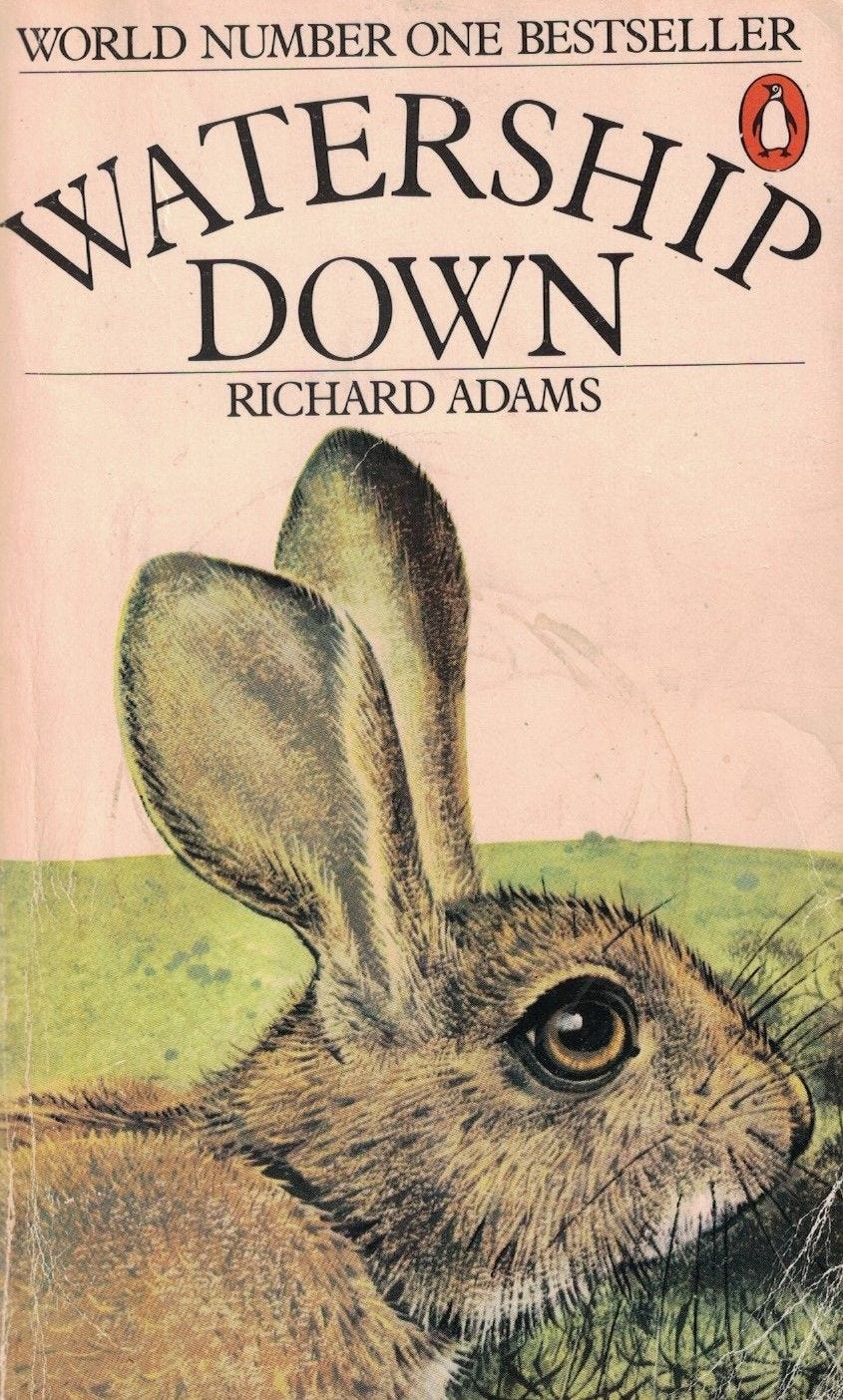
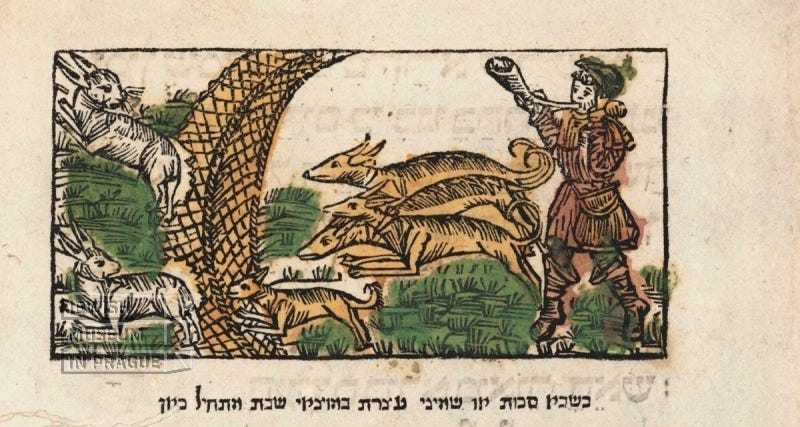
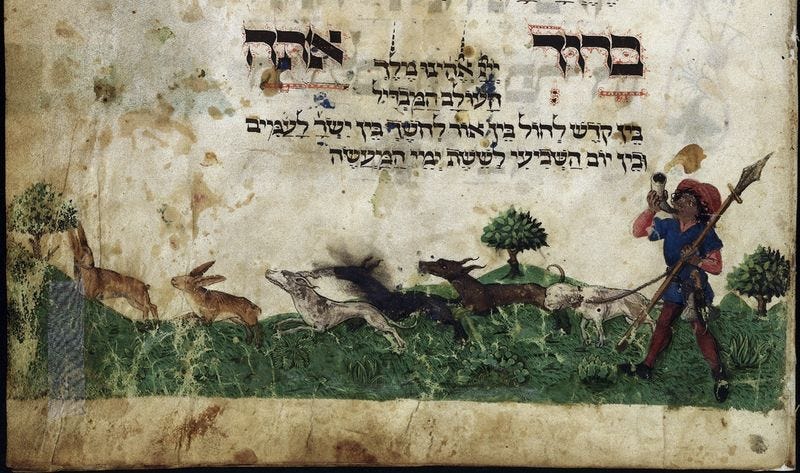
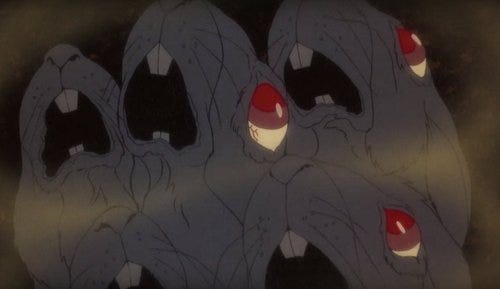
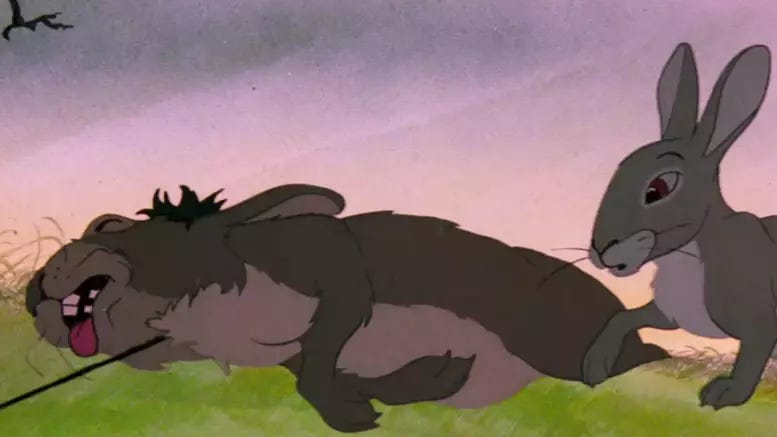
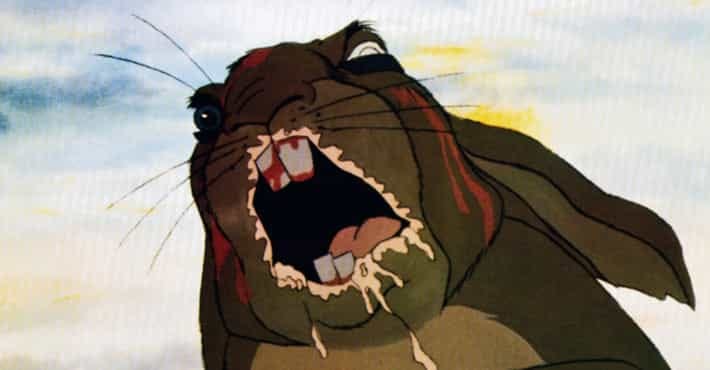
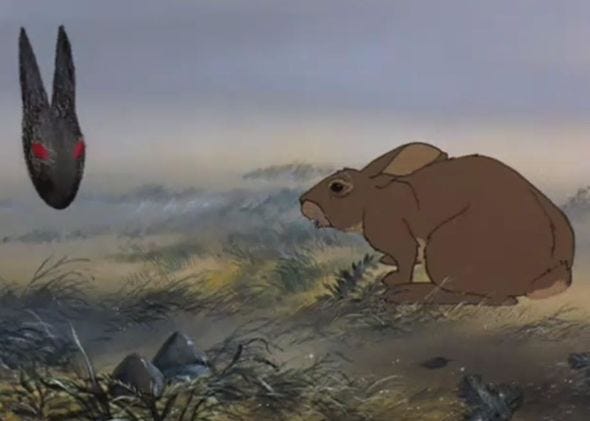
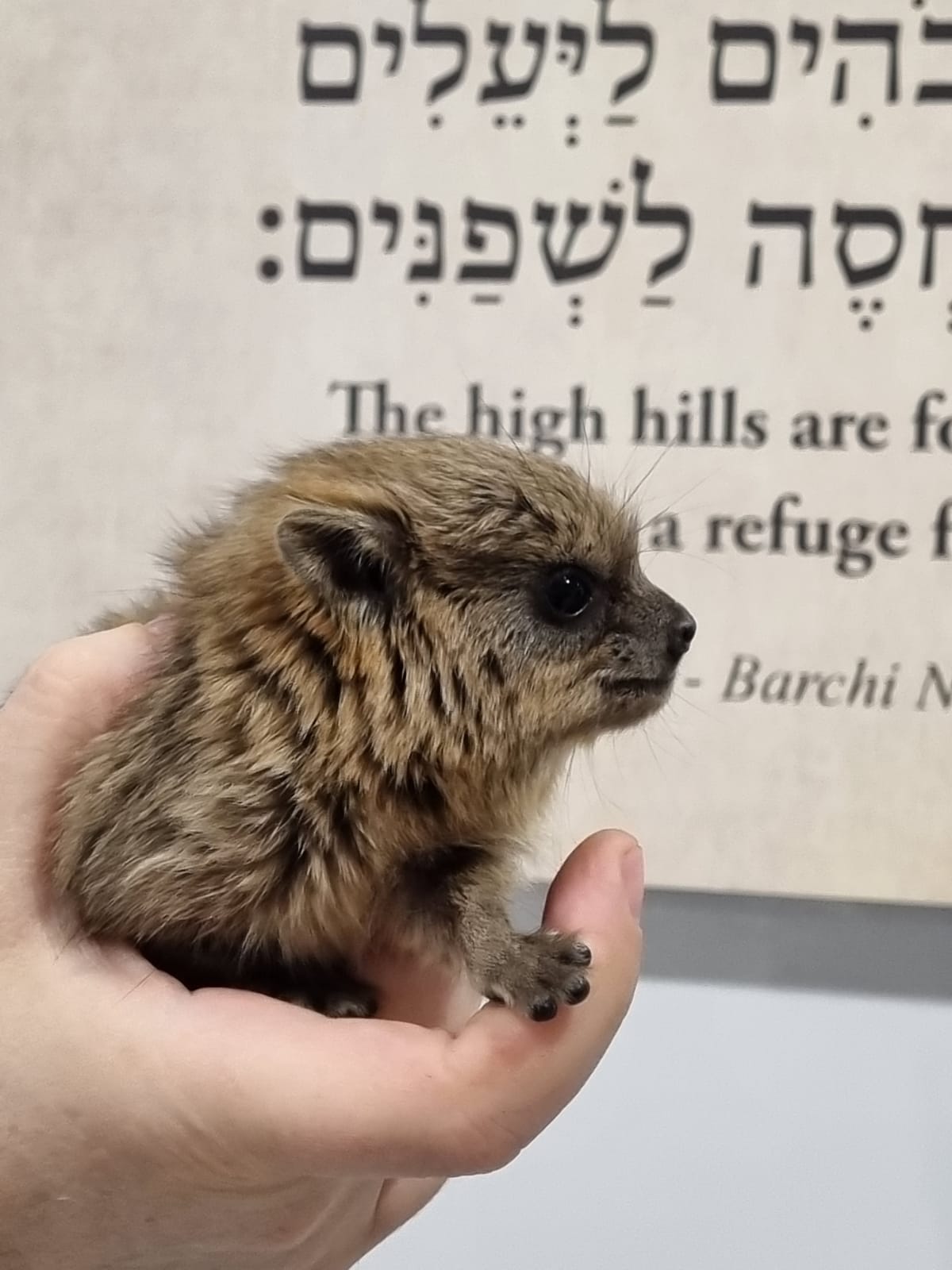
"There is not going to be a holocaust or any mass murder of Jews in America or England."
Point taken, but there is an anti-Jewish riot being planned for this Sunday morning right down the street from where my parents live in Queens. (Seriously, you can look it up: This is the same thing as happened in LA recently.) That tends to concentrate the mind.
By the way, I was always told that the rabbits in the Haggadah is because of a play on words on "Yaknehaz." But recently I read another explanation, that rabbit hunting was just a symbol of spring in that time and place. Is either true? Is it your reason? Is it something else?
It was never written as a children's book. When it came out in the early '70s, it was on the NYT best seller list as a book for adults.
I was in 8th grade at the time and decided to get a copy after reading a review in the NYT review of books. It was one of the first adult-type books I actually read, and I was very proud of myself.
For me, the part of the story that impressed me most was that rabbits eat their own droppings.